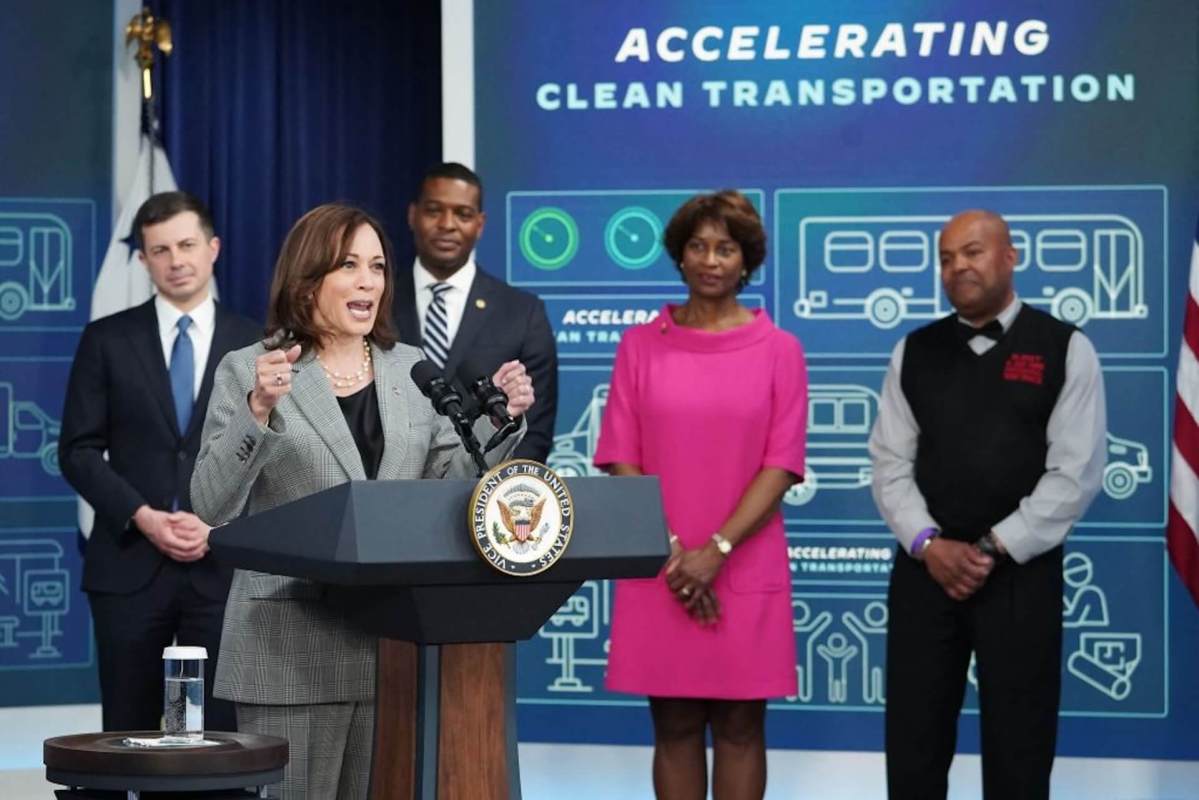The Biden administration has raised new support to rapidly advance the United States freight industry with infrastructure for fully electric commercial vehicles by 2040.
This first-ever strategy of its kind outlines a detailed plan to progressively roll out truck electrification across the U.S., starting with areas of significantly higher traffic and so-called "transport hubs" where a majority of local freight traffic is directed through and between one another, as Electrek reported.
These hub areas are highlighted due to their traffic volume, but other areas are also being prioritized by considering factors like disproportionate air quality in certain locations.
This strategy document encapsulates a massive portion of the U.S. infrastructure that needs to be advanced to reach the Biden administration's dual goals of having a net-zero economy by 2050 and seeing 100% of new truck sales be zero-pollution trucks by 2040.
Although this specific project requires no additional federal funding, per Electrek, it does benefit from legislation within the Inflation Reduction Act and the Bipartisan Infrastructure Law.
Further, not all of the effort is coming from the federal level. Multiple states across the U.S. have proposed their own goals to increase freight and truck electrification, most notably California, which has some of the most highly trafficked highways and ports in the country.
Transportation is the largest contributor to planet-warming pollution in the U.S. today. Electrification, along with advancements in hydrogen-powered vehicles and hydrogen infrastructure, can significantly decrease the pollution created by transportation in the U.S.
Limiting planet-warming pollution is essential to limit the temperature increase to no more than 1.5 degrees Celsius (2.7 degrees Fahrenheit) compared to preindustrial levels. We have a long way to go before a fully net-zero future, but electrification and increased sustainable energy infrastructure are major leaps forward.
You won't immediately start seeing many electric freight and semi-trucks on the roads near you. The plan rolls out electrification goals specifically to the noted transport hubs for 2027-30, followed by the expansion of the network across the U.S. through 2035, and eventually leading to complete electrification of the National Highway Freight Network by 2040.
Join our free newsletter for cool news and actionable info that makes it easy to help yourself while helping the planet.









